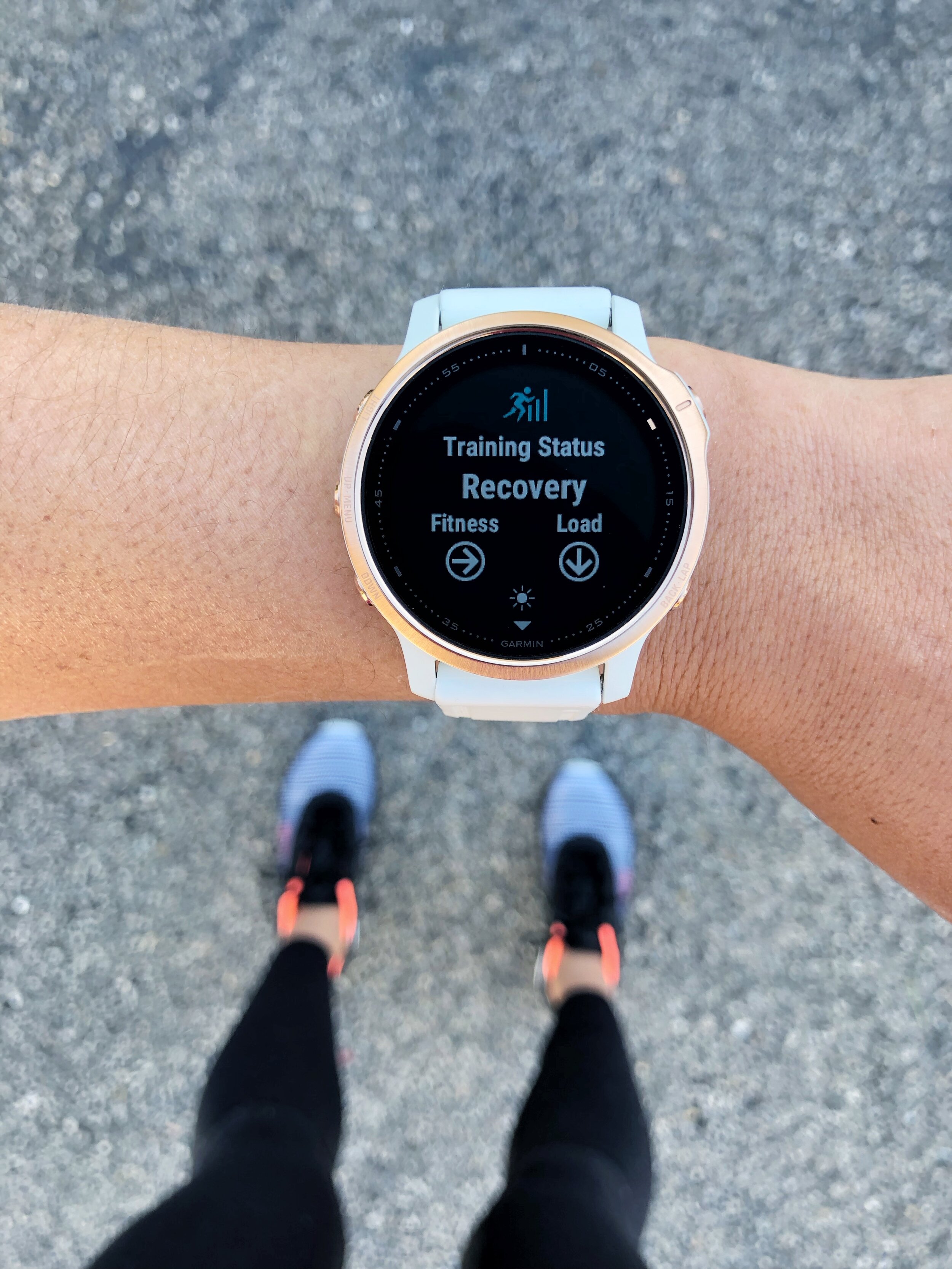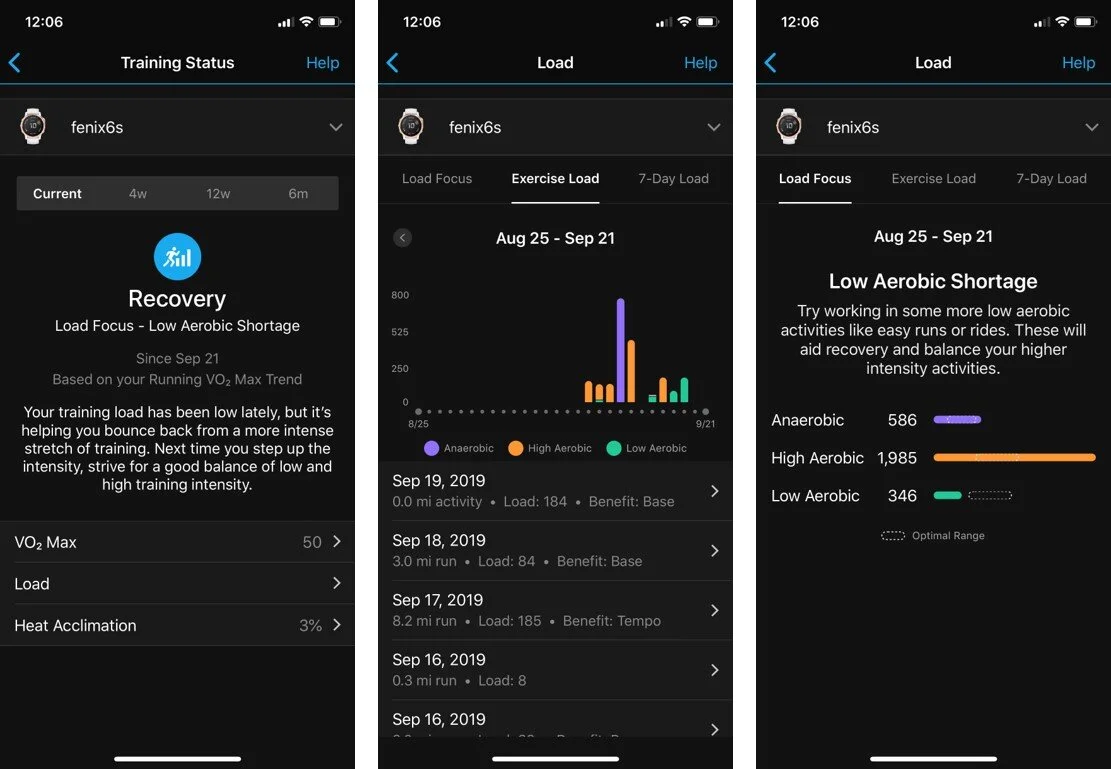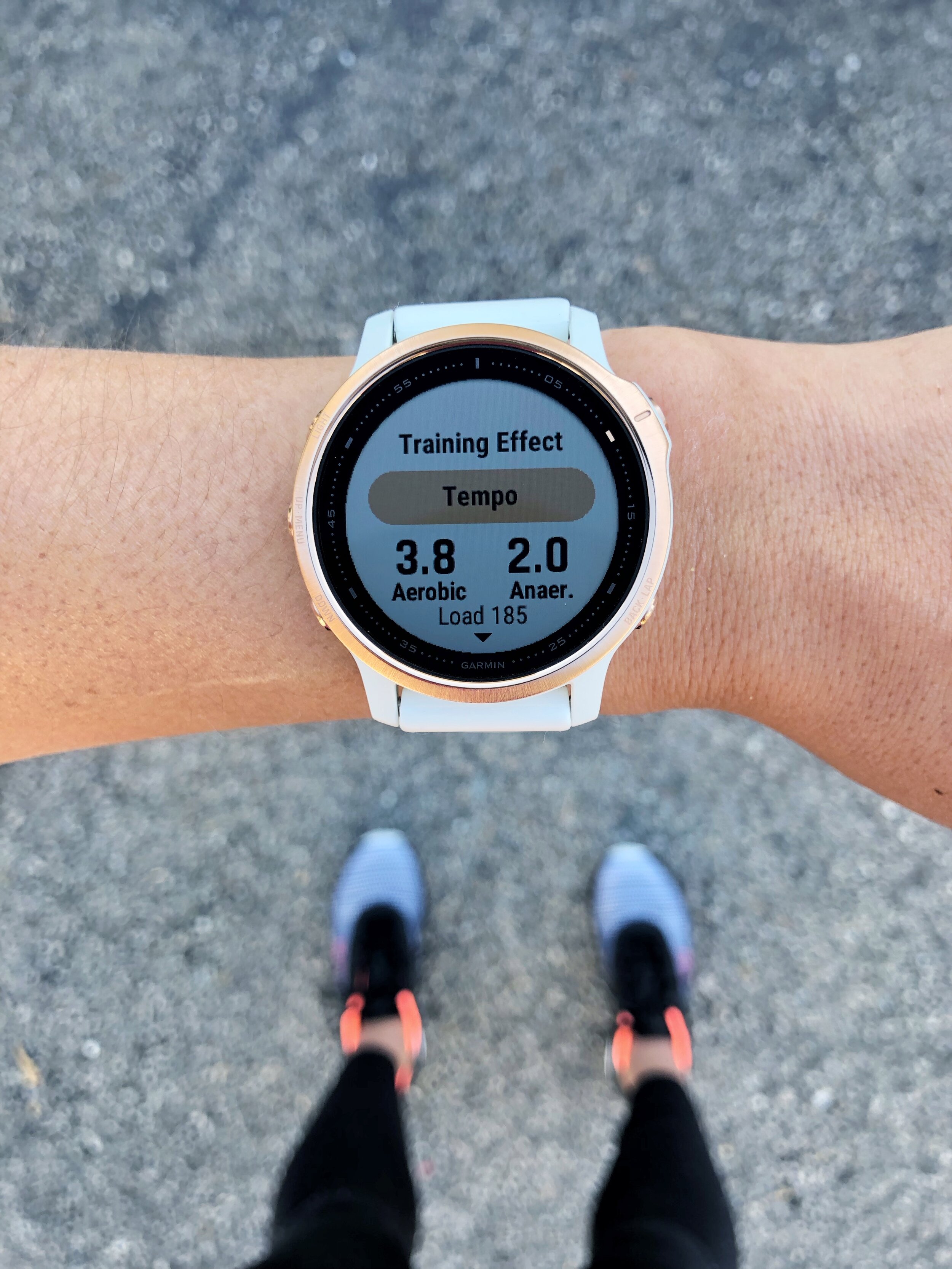Is the Garmin Training Status Accurate?
Disclaimer: I am a Garmin Ambassador. I only promote products that I fully endorse and believe in. I’ve been a Garmin loyalist ever since I started running. If you decide to purchase a watch because I’ve inspired you, I’d love if you could use my affiliate link. If you are interested in becoming a Garmin ambassador, check out their application!
I’m a data nerd and one of the reasons I love my Garmin is to see how accurate the data is that it is collecting.
Race prediction times have been a feature of Garmin for some time now. Unfortunately, I don’t really have much faith in these predictions. According to the data in the past, I should have be able to run ~3:11 marathon which would be lovely but not realistic for my fitness level at that time. Even if the data is not so accurate, I like to see how the data improves and use it to inform my training. It’s like energy modeling, you really look at the relative change, not the exact numbers.
Having said that, I recently found insights from the training status to be helpful. The training status help you see how your training affects your fitness level and performance. It’s based on your training load and VO2 max. VO2 max is the max volume of oxygen (in milliliters) that you can consume per minute per kilogram of body weight at your max performance.
Recently my watch told me that my training was unproductive. I am not sure if providing more insights is a new feature with the Fenix 6 but it gave some information on why I was not productive. It said that I had a shortage on low aerobic training (conversational pace, easy efforts) and my training was focused too much on high intensity activities. There is a bar graphic (right image below) with an outline of where the ideal amounts of the different types of training should be and where I was in relation to that. The blue bar on the bottom does not reach the outlined optimal part of the graph.
As I mentioned in my CIM 2019 Training Update - September post, I believe that running too fast and hard was part of the reason my foot, ankle and hip have been feeling off. The training status seems to be spot on in recognizing that I need some more of those easy runs incorporated into my training. It could also sense that I was starting to get into a recovery mode. The screens I have shown show the state of “recovery” because I started to cut back on my mileage.
The above images show the overall training status that takes into account the history of workouts. A feature that has been added in some of the newer Garmin devices (image below) is being able to see the training effect of specific activities logged versus just your overall training status. You can see this in Garmin Connect, on the app or directly on your watch face.
Garmin Connect Web Version Activity Status
Once the inflammation of my hips and my foot/ankle are feeling better, I am going to be extra cautious to pay attention to not only my overall training status but the individual activities. I need to make sure that I keep those easy runs easy!
To answer the question…is the Garmin Training Status accurate? It might be sometimes and it might not be sometimes. The more data your device has, the more accurate it should get. I think it’s important to remember that training and performance can be so specific to a person and it’s always important to listen to your body.
Has anyone else used the training status info on Garmin? How accurate have you found it? What other data do you like to use/track with your devices? Do you use any other tracking device that you like better than a Garmin?
Read more on the Garmin website on training loads and physiological measurements.




